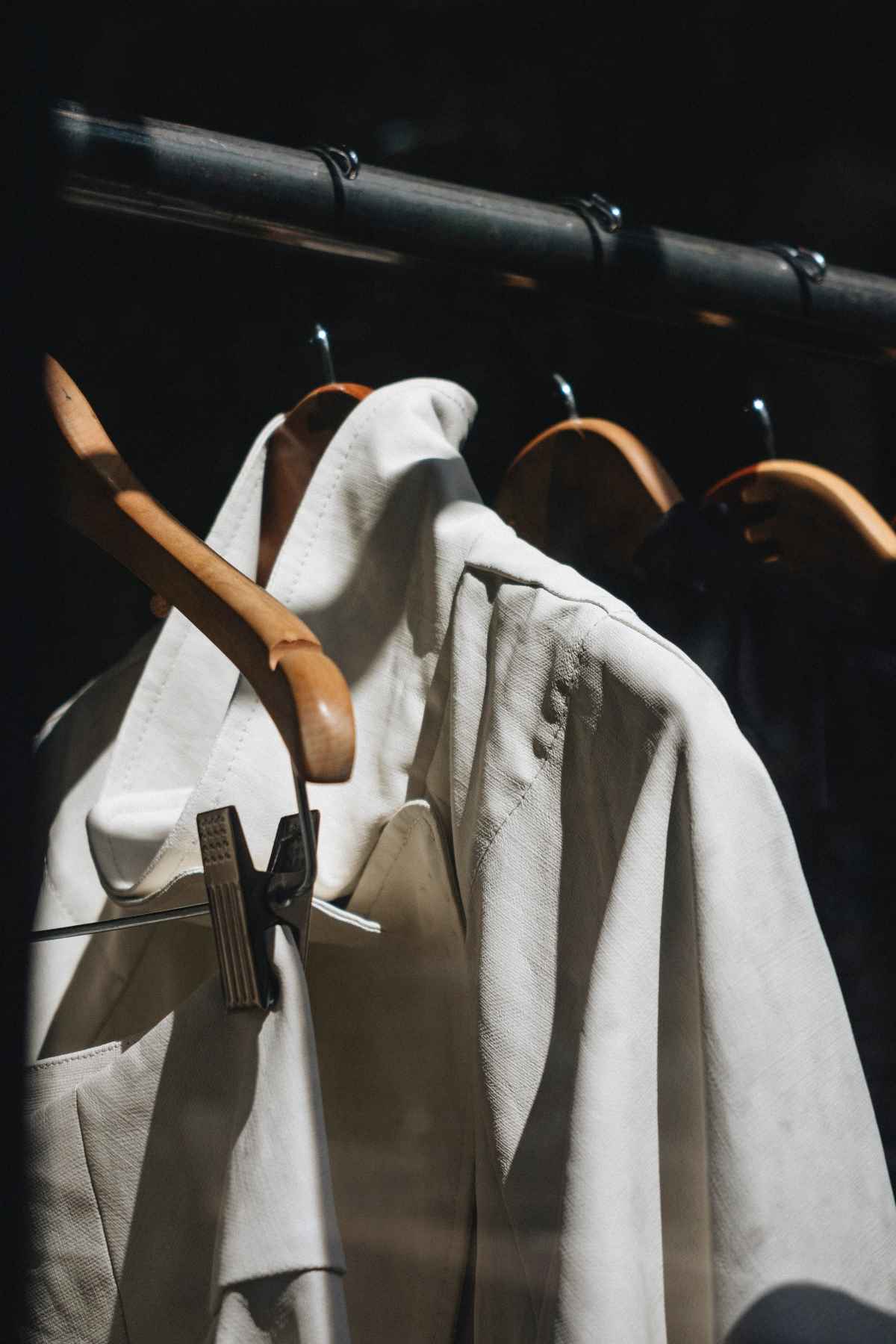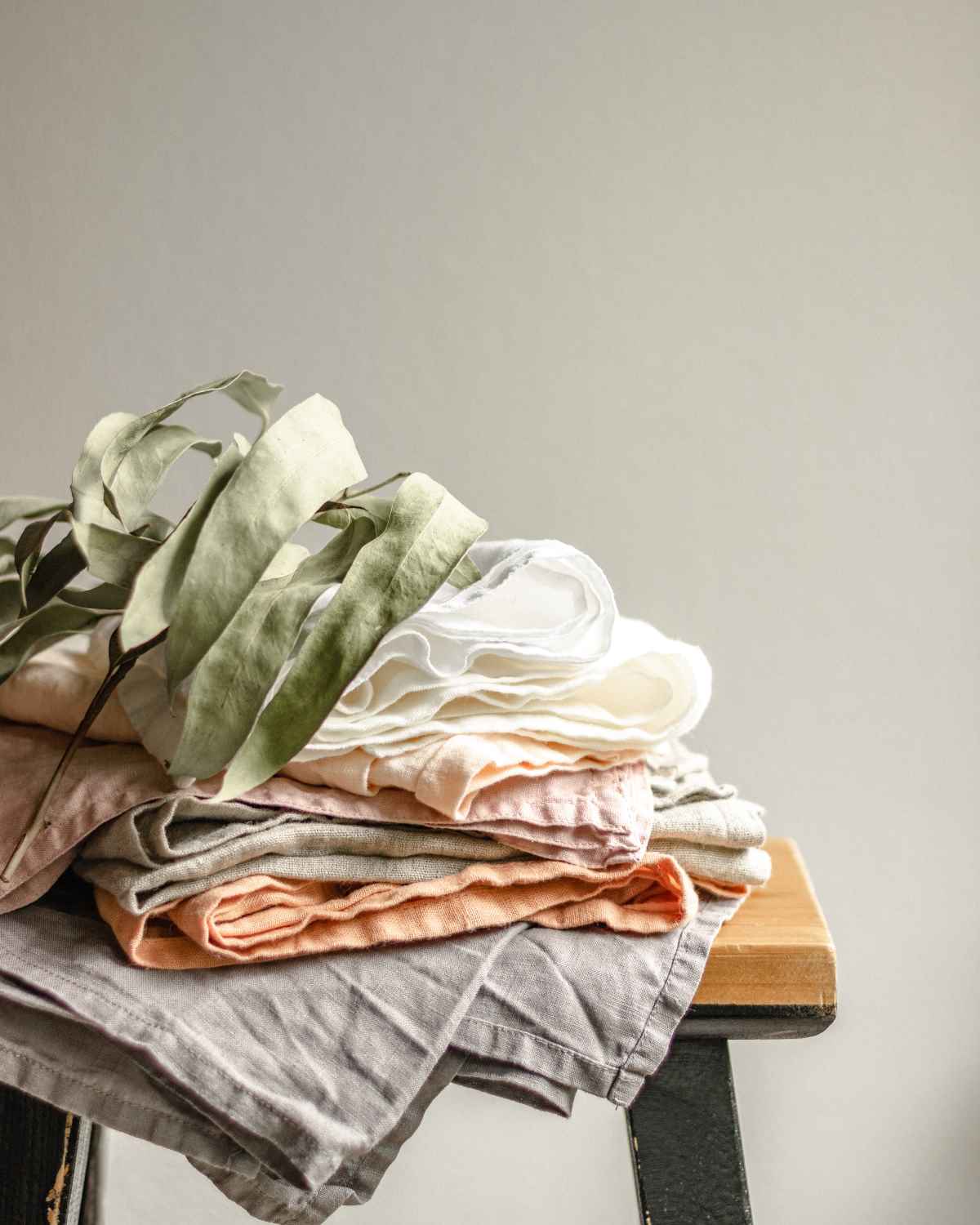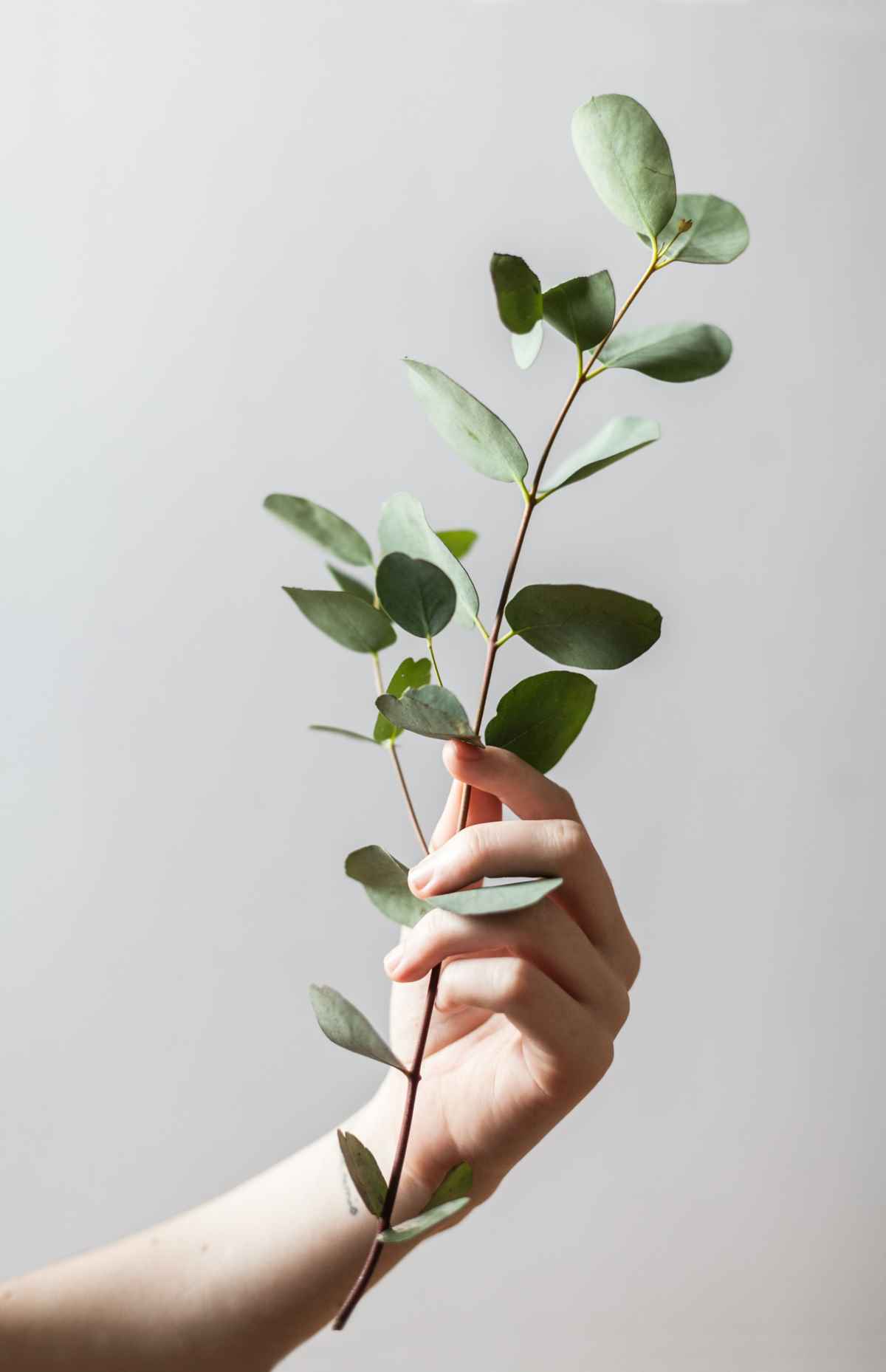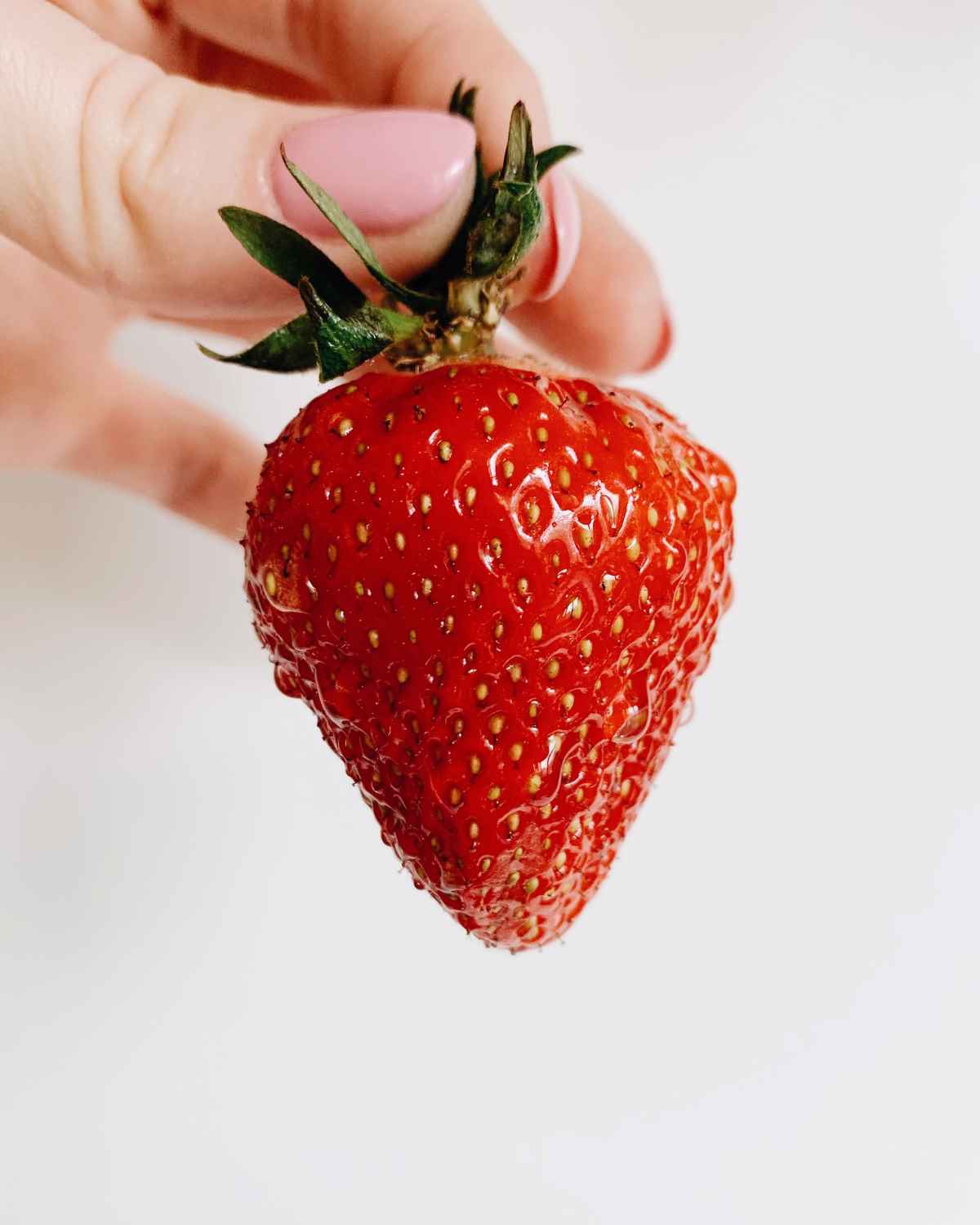Carbon Capture Materials And Agricultural Waste, The New Sustainable Textiles
Leather alternatives made from grapes. Textiles produced from carbon-captured polyester. Sustainable materials are at the forefront of fashion’s acceleration towards change. This year, more innovators gathered to look toward the future. Let's meet them.
To receive the Luxiders Newsletter, sign up here.
With a surge in the popularity of sustainable fabrics, innovation and diversification are rocking the future of fashion. Something is clear: the increasing demand for responsibly-sourced textiles.


PHA CARBON CAPTURE MATERIALS
Amongst mycelium and fruit-based leather, we were also introduced to new possibilities this year. A new option for synthetic dye fibres has joined the conversation. Carbon capture materials, called PHA are a new, radical contribution to the solving of C02 emissions. Innovators in this field include Mango Materials, Lanzatech, and Air Carbon and Fabrics.
The material is so new, that the technology still hasn’t been completed for it to be a viable option for fabric. Yet. Innovations in the curation process, led by Mango Materials are paving the way for more companies to look toward PHA.
WHAT IS PHA?
PHA is a material that only started to be explored in 2018, and whose technology and potential are still waiting to be realised. PHA is a type of polyester, which can be used as a replacement for fibre and leather.
PHAs are produced through a fermentation process using various carbon-based feedstocks, including organic food waste, methane gas and captured CO2. The Polyester has various mechanical and chemical properties. Its main use in the fashion industry is as a replacement for conventional synthetic fibres.
PHA has been used to make packaging products but so far it has had limited use in replacing synthetic fibres. The technology needed is still in early development. Whilst some companies have been successful in creating PHA-based clothing, the process remains expensive. Alongside this, only a handful of companies currently produce PHA meaning supply is limited.

AGRICULTURAL WASTE
Another new option to take centre stage is agricultural waste. A replacement for the tree’s dwindling supply of viscose. The Laudes Foundation, launched in 2020, was a leading voice at this year’s Expo for agricultural waste and its potential. Inspired by their recent Spinning Future Threads report.
Nanollose, a leading biotechnology company is also paving the way for research. The Australian start-up uses industrial agricultural waste to create microbial cellulose. Creating rayon fibres without the need for trees.
WHY AGRICULTURAL WASTE AND FASHION?
Agricultural waste poses a significant challenge for farmers in Southeast Asia. The waste is often useless, leading it to be burned and creating large quantities of greenhouse emissions. According to Fashion for Good, up to 92 million tonnes of agricultural waste is burned annually in India alone. Agricultural waste is arguably an untapped resource, we need to find a way to repurpose.
Fashion for Good’s recent report ‘Unlocking the Trillion-Dollar Fashion Decarbonisation Opportunity’, charts the financial trajectory of the fashion industry to meet the net-zero ambition. The report estimates $1 trillion dollars is needed to finance the decarbonisation of the fashion industry. According to Fashion for Good “Raw Material innovation is essential to reducing these emissions, and the next generation of materials are key if the industry is to decarbonise its supply chain.”


OTHER MATERIALS FOR THE NEEDED CHANGE
MYCELIUM
Mycelium is a sustainable alternative to materials like leather. It is vegan, made from mushrooms. It is classified in its own class of materiality as a biomaterial. Mycelium has been popularised due to it's lack of waste through production, and its ability to guarantee higher quality textiles than cowhide leather. MycoWorks and Bolt Threads are champions in this field, working to broaden the options and customisation in mycelium. Last year, Stella McCartney released her collection in collaboration with Bolt threads, the first example of mycelium reaching mainstream audiences.
FRUIT BASED TEXTILES
Banana, grape, pineapple. Fruit might be the future for sustainable leather and fibre alternatives. Grape leather, championed by Italian company Vegea, is beginning to make traction in the fashion industry. The development started several years ago and is soon ready to be tested by major brands.
Orange Fibre is another company using fruit based textiles. Their process involves citrus by-products to create their fabric. The company aims to make use of the 40-60% of the fruit which is discarded as waste. It is the first of its kind, and the process has been patented since 2014. In comparison to other eco-friendly fibres, citrus by-product does not require dedicated yields unlike hemp or bamboo.
RECYCLED COTTON
Organic and recycled cotton is known for its natural reputation. It is grown without pesticides and synthetic fertilizers. Organic cotton is a textile which has been more widely used by brands searching for eco-conscious alternatives. Organic cotton is a more sustainable option than commercial cotton, but recycled cotton is the most sustainable. Ventile is a brand with an interesting eco collection including sustainable cotton blends.
HEMP
Last year, Sustainable Angle introduced the 'Hemp Hub’ which featured ‘forgotten fibres’ including hemp, nettle and abacá. Hemp is gaining momentum as a popular sustainable textile. Growing Hemp is a zero-waste process. The crop can regenerate soil, and requires little to no pesticides for growth. It also produces beautiful quality fabric, which is why it is rising in prominence in the fashion industry. However, the technology and cultural stigma is holding hemp back, its association with CBD has limited its influence. Yet its quality and potential is starting to speak for itself.
Highlight Image: © Rene Bohmer via Unsplash
+ Words:
Emily Fromant
Luxiders Magazine




